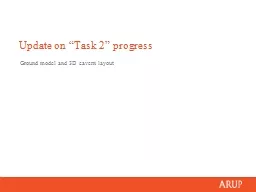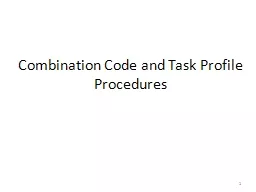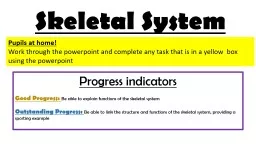PPT-Update on “Task 2” progress
Author : debby-jeon | Published Date : 2017-05-16
Ground model and 3D cavern layout Our task Initial review of the geological geotechnical and civil engineering aspects of the IR cavern layout and design and potential
Presentation Embed Code
Download Presentation
Download Presentation The PPT/PDF document "Update on “Task 2” progress" is the property of its rightful owner. Permission is granted to download and print the materials on this website for personal, non-commercial use only, and to display it on your personal computer provided you do not modify the materials and that you retain all copyright notices contained in the materials. By downloading content from our website, you accept the terms of this agreement.
Update on “Task 2” progress: Transcript
Download Rules Of Document
"Update on “Task 2” progress"The content belongs to its owner. You may download and print it for personal use, without modification, and keep all copyright notices. By downloading, you agree to these terms.
Related Documents














